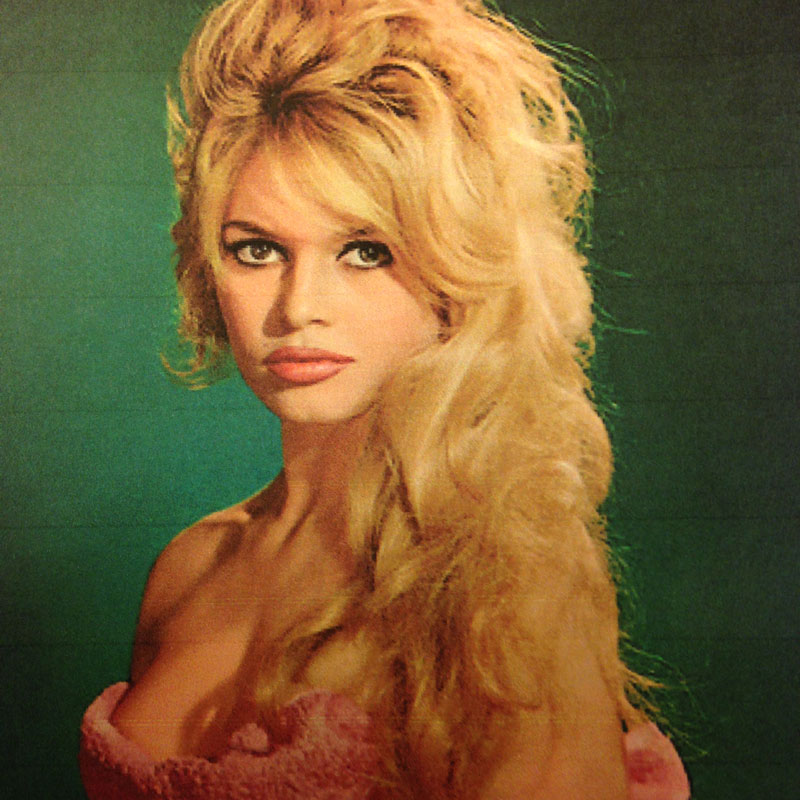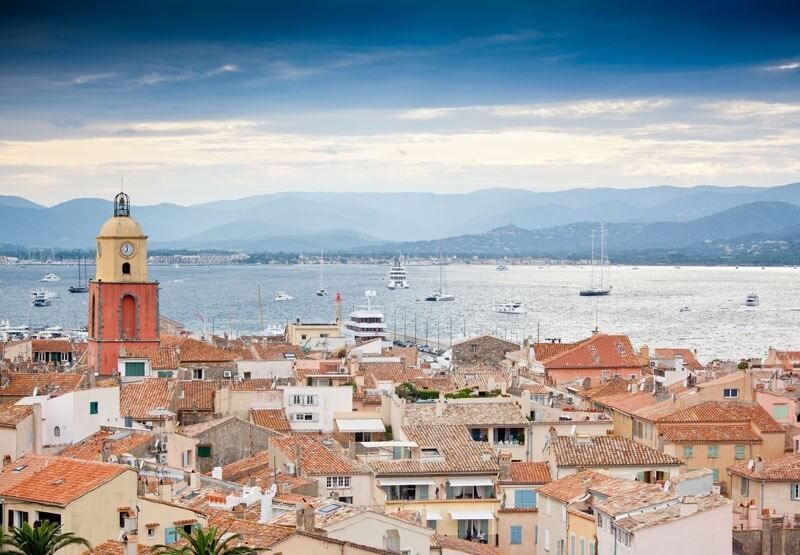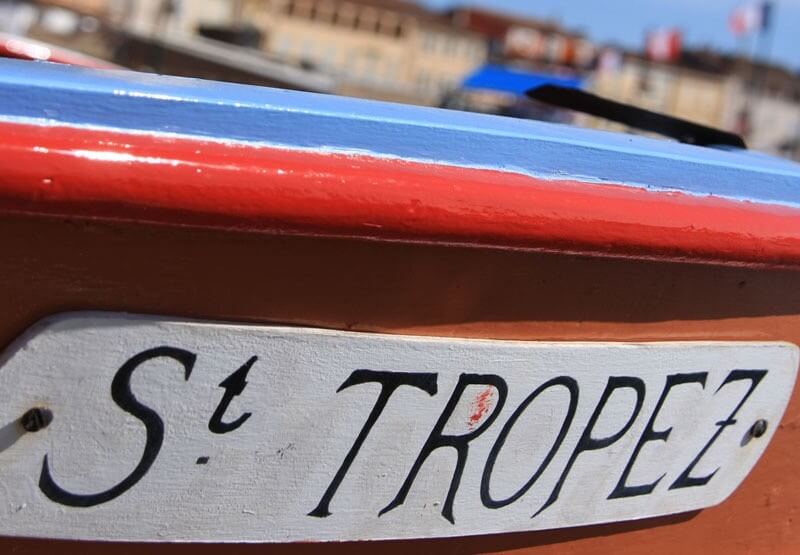History of Saint-Tropez

Thanks to Brigitte Bardot
The site of Allied landings in World War II, an existentialist retreat, but Saint-Tropez became really internationally renowned as setting for films like ‘And God Created Woman’ with Brigitte Bardot. She and her friends visited already in the fifty’s the still unspoiled beaches of Saint-Tropez, via small paths, leading through thick bamboo.
Its colourful history dates back to prehistoric times when the area was inhabited by various tribes, which probably didn’t take the time to observe the area’s beauty, which makes it to-day’s touristic Paradise. The Greeks settled the area, followed by the Romans, and signs of the city’s classical past are still evident in numerous statues and other artefacts that have been found in nearby shipwrecks off the coast.

Saint-Tropez, rebuilt more than once
Following the end of the Roman Empire the city was ruled by various viscounts, including those of Marseilles, Castellanes and Suffrens. The town was destroyed in 14th century but rebuilt by Genoise families in the 15th century when it became an independent republic. It was the home of Corsair pirates and later for fishermen and shipbuilders. The town survived numerous attacks by the Turk and Spaniards over the years. The port area was destroyed in 1944 but rebuilt after the war.

The name Saint-Tropez
The town was named after a Roman soldier who, during the reign of Nero, refused to give up his religion. Beheaded, his body was cast adrift and as the story goes, landed at the present-day location of the town. The town was called Ecclesia Sancti Tropetis in 1055 and took the current name after the French Revolution. Since World War II Saint-Tropez has been an active port for shipping and to a lesser extent fishing. It has continued to attract artists, well-known writers, actors and of course tourists.
